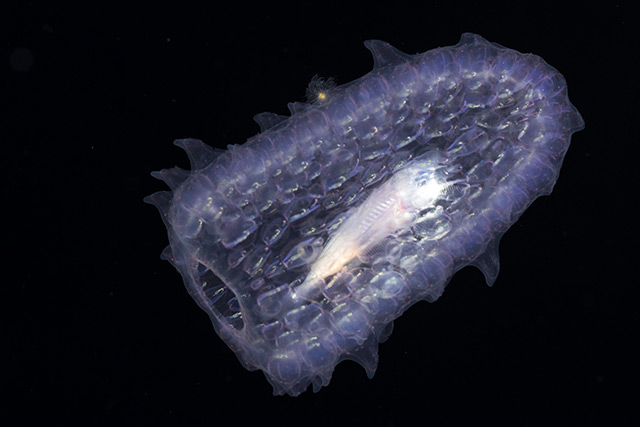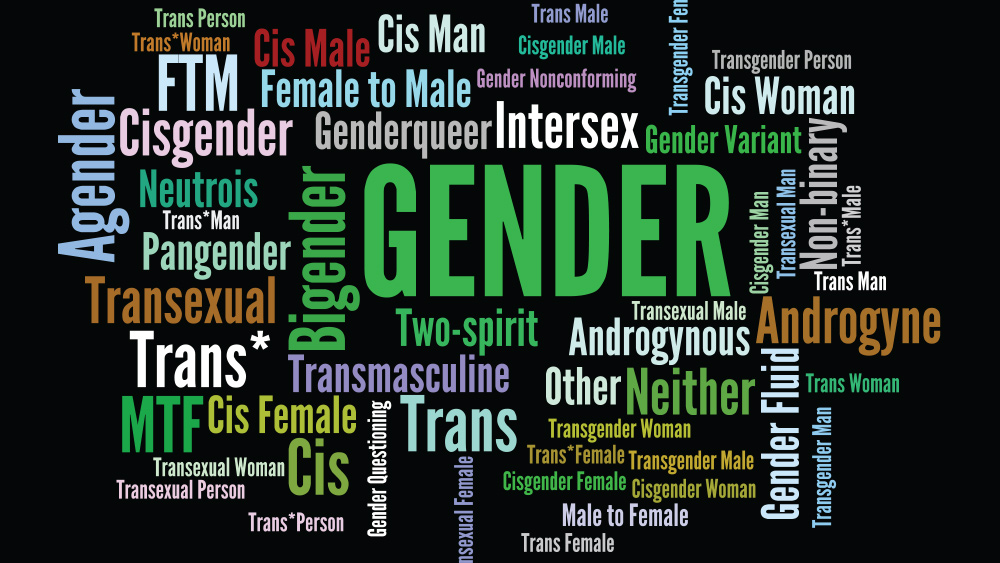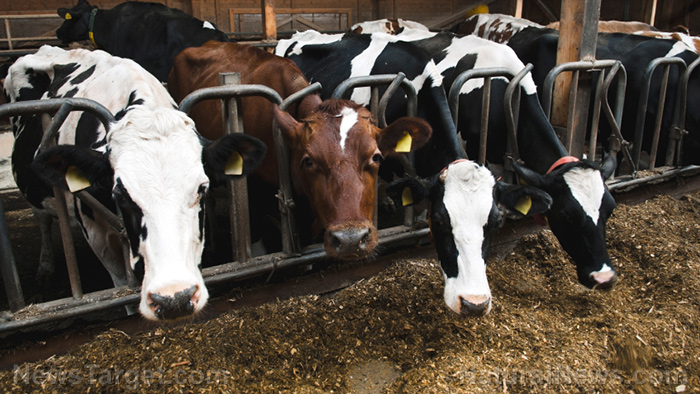
Pyrosomes belong to a group of marine organisms that Kelly Sutherland, assistant professor of biology at the University of Oregon, calls “mucous-mesh grazers.” The term is an accurate description of what these animals do to catch their meal – they secrete a mesh-like sheet of mucus that catches bacteria-sized phytoplankton while they drift across the sea.
But don't let the size of their food fool you. Some pyrosomes can be as small as your finger – some are even as small as a jellybean – but others can grow big enough to engulf a fully grown man, with a lot of space to spare. They appear as hollow, transparent, thimble-shaped organisms with a hole on one end and a point on the other.
But it gets weirder. The organism you see is, in fact, a colony of much smaller animals (called zooids) physically connected together by gelatinous tissue. All individuals are a clone of each other and have the capability to make even more clones. It's like riding a submarine, being the submarine, and being just a part of the submarine all at the same time.
Pyrosomes are not unique in this respect though. For instance, the Portuguese man o' war, known in the Atlantic for its painful – at times, deadly – sting, is a collection of several organisms despite looking like a single animal.
Picky eaters
The zooids eat by taking in water from the outer wall and expelling it inside the colony's cylinder. This continuous flow of water is also what allows the colony to move, albeit very slowly. The water is filtered through a mesh made of mucus as it passes through each individual's body. The mesh captures the plankton that the animals consume. (Related: Phytoplankton Threatened by Climate Change.)
Considering the almost passive nature of their feeding habits, you'd think pyrosomes would eat anything they come across. Sutherland, who has studied these interesting animals in her lab, said pyrosomes are picky eaters.
In her article published in Live Science, she narrated how, when given rod-shaped and sphere-shaped food particles, one pyrosome species demonstrated a preference for round particles. This remained the case even when the particles were of the same size.
The manner by which pyrosomes feed and what they choose to eat is important information because they provide clues on the movement of carbon and organic matter in the ocean. When these animals feed, particles they don't consume get “repackaged” and coated in mucus, increasing their weight and making them more likely to sink to the bottom of the ocean, where they will most likely stay for years – even centuries.
Understudied potential
Pyrosomes are a grossly understudied group of animals because of how rare they are. It was only with the development of robots and scuba equipment that scientists were able to observe these animals in-depth in the wild.
One of the motivations behind the interest in pyrosomes involves their potential role in unlocking the mysteries of the cells. These animals can emit light, a phenomenon best described in 1849 by biologist T.H. Huxley.
“I have just watched the moon set in all her glory, and looked at those lesser moons, the beautiful Pyrosoma, shining like white-hot cylinders in the water,” he wrote.
Bioluminescence in animals has yet to be fully understood. Scientists believe that studying this phenomenon will help better science's understanding of cell and the different factors that affect its function.
Get more updates on pyrosomes and other interesting animals at Discoveries.news.
Sources include:
Please contact us for more information.























